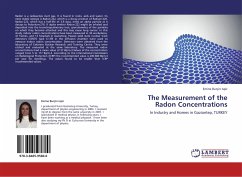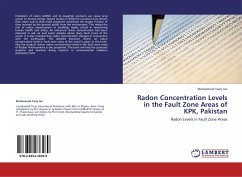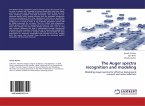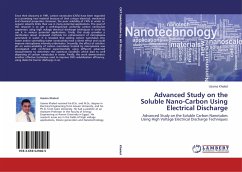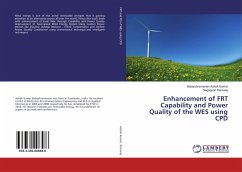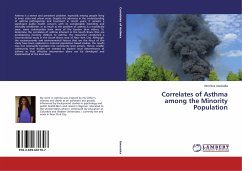Radon is a radioactive inert gas. It is found in rocks, soils and water. Its most stable isotope is Radon-222, which is a decay product of Radium-226. Radon-222, which has a half-life of 3.8 days, emits an alpha particle as it decays to Polonium-218. If alpha emitter Radon-222 might be inhaled and deposited into the bronchiopulmonary tree, granulometry of the particles on which they become attached and this may cause lung cancer. In this study, indoor radon concentrations have been measured in 34 workplaces, 41 homes, and 13 hospitals in Gaziantep. Passive solid state nuclear track detectors (SSNTD type Cr-39) in the diffusion chamber were used to measure indoor radon concentration. Detectors were obtained from the laboratory of Cekmece Nuclear Research and Training Centre. They were etched and evaluated at the same laboratory. The measured radon concentrations had a mean value of 27 Bq/m-3.Values of the concentration ranged from 5 to 117 Bq/m-3. According to the International Commission on Radiological Protection (ICRP) the recommended value is 200-600 Bqm-3 per year for dwellings. The values found to be smaller than ICRP recommended values.
Bitte wählen Sie Ihr Anliegen aus.
Rechnungen
Retourenschein anfordern
Bestellstatus
Storno

